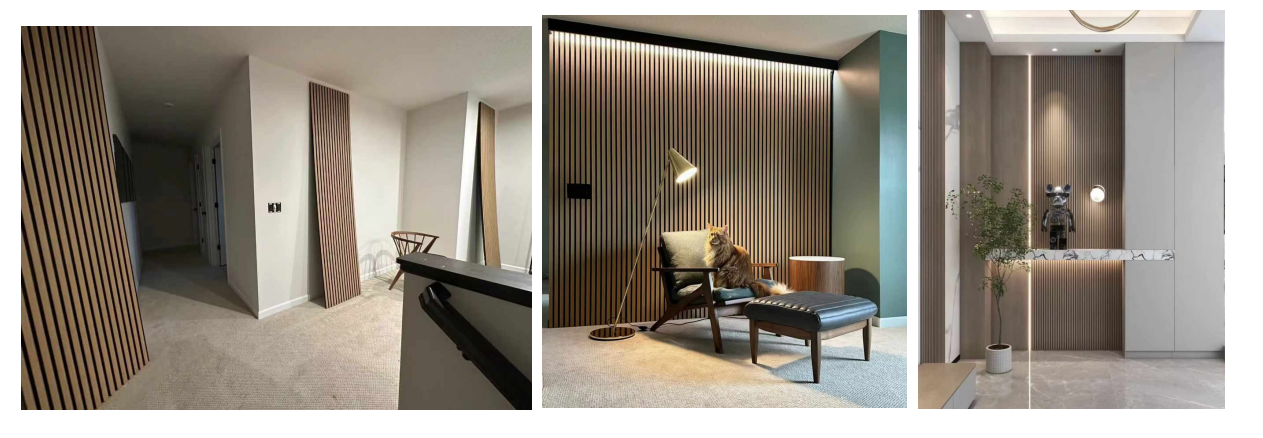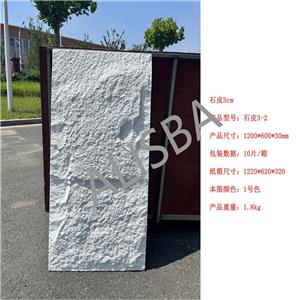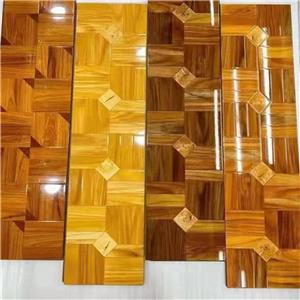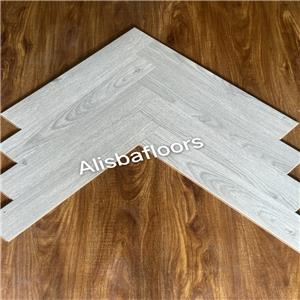- carbon crystal panel
- artificial stone
- Stone plastic wall panel
- Fish Bone Laminate Flooring
- self-adhesion wall sticker
- herringbone Floor
- High customer satisfaction: High quality products win praise
- About rhe SPC Flooring
- About Soft Stone Products
- Have a good news
- News from wall panels
- Industry news
How to install Acoustic wall panel to minimize noise to the greatest extent possible
Installing Acoustic wall panel to minimize noise requires consideration of multiple factors, including the type of sound-absorbing panel, installation location, fixing method, and acoustic characteristics of the space. Here are some key steps and tips to help you correctly install sound-absorbing panels for optimal noise control:
1. Evaluate spatial acoustic requirements
Measuring Space: Use a sound level meter or mobile acoustic measurement application to evaluate the noise level and acoustic characteristics of the space.
Identify problem areas: Determine the acoustic problem areas that require special attention, such as walls, ceilings, or corners with excessive echoes.
2. Choose the appropriate acoustic panels
Material and thickness: Select sound-absorbing panels with appropriate Noise Reduction Coefficient (NRC) values, where high NRC values indicate better sound absorption performance.
Type: Select the type of sound-absorbing board according to the space demand, such as perforated board, foam board, wood wool board or mineral wool board.
3. Planning and Layout
Coverage of key areas: Prioritize installation in areas with the most prominent acoustic issues, such as walls or ceilings near major sound sources.
Avoid parallel walls: If possible, avoid installing sound-absorbing panels on parallel walls to reduce multiple reflections of sound and create standing wave effects.
4. Installation skills
Dry hanging system: Using a metal frame or track system to hang sound-absorbing panels on the wall can increase the air chamber and improve the sound absorption effect.
Direct fixation: Use specialized sound-absorbing panel fasteners or low VOC glue to directly fix onto the wall, ensuring a secure installation.
Sealing edge: Use acoustic sealant or sealing strips to seal the gaps between the sound-absorbing panels, reducing sound leakage.
5. Consider spatial design
Mixing materials: Combining different types of sound-absorbing materials, such as hard and soft surfaces, to control noise at different frequencies.
Decorative sound-absorbing panel: Choose sound-absorbing panels that match the interior decoration style, which can reduce noise and be aesthetically pleasing.
6. Testing and adjustment
Post installation testing: After installation, measure the acoustic characteristics of the space again to evaluate the sound absorption effect.
Fine tune layout: Based on the test results, adjust the position of the sound-absorbing panel or add additional sound-absorbing materials to optimize the effect.
7. Maintenance and Inspection
Regular inspection: Regularly check the fixing condition of the sound-absorbing panel to ensure that it is not loose.
Cleaning and maintenance: Regularly clean the sound-absorbing panel to avoid dust accumulation affecting its sound-absorbing performance.
By following the above steps, you can effectively install sound-absorbing panels, significantly reducing noise in the space and creating a more comfortable and quiet environment. If conditions permit, it is recommended to consult acoustic experts during the installation process for more professional guidance and advice.





